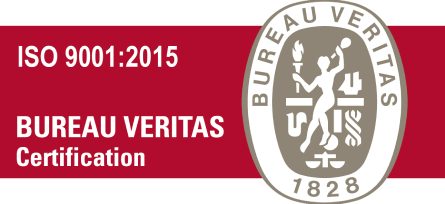Corporate governance isn’t only for legally constituted corporations. It’s a framework that requires leaders to go beyond simply execute well-designed strategies. They must be accountable and fair to all stakeholders. Regardless of whether your business has one or many stakeholders–shareholders, employees, clients, students or the community–your company’s approach to governance will change over time and depend on your unique needs and context. But there are a few general concepts that you can apply to any business, large or small:
One of the most important aspects of a good corporate governance system is transparency. This means that you must ensure that your board members and management are open with shareholders, auditors as well as the public in relation to financial reporting, accounting standards, major decisions, and internal practices. This also means that your organization divulges information regarding its environmental and social impacts in ways that can be easily accessible to those who may be interested.
Another aspect of corporate governance is the creation of clear roles and duties for your board. This can be done through job descriptions for your board including its chair and vice chairs as well as committees and their chairpersons or terms of reference (TOR) for directors individually. This will provide a common set of responsibilities, as in addition to clear boundaries for delegation and limitations on the authority. It can create an environment of open communication www.boardroomdirect.blog/board-governance-software-products-in-2022 and collaboration, and help to reduce errors and ensure compliance. It can lead to better growth opportunities as your company expands.





